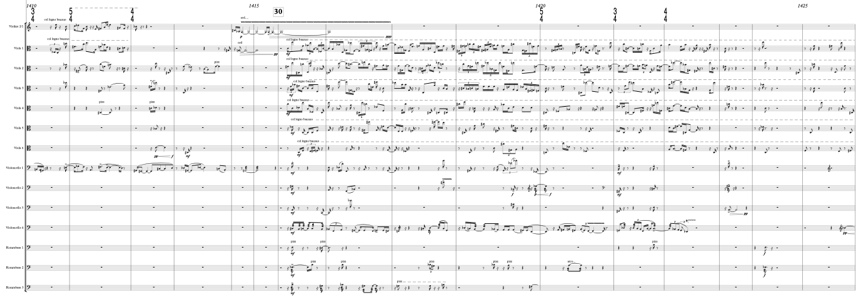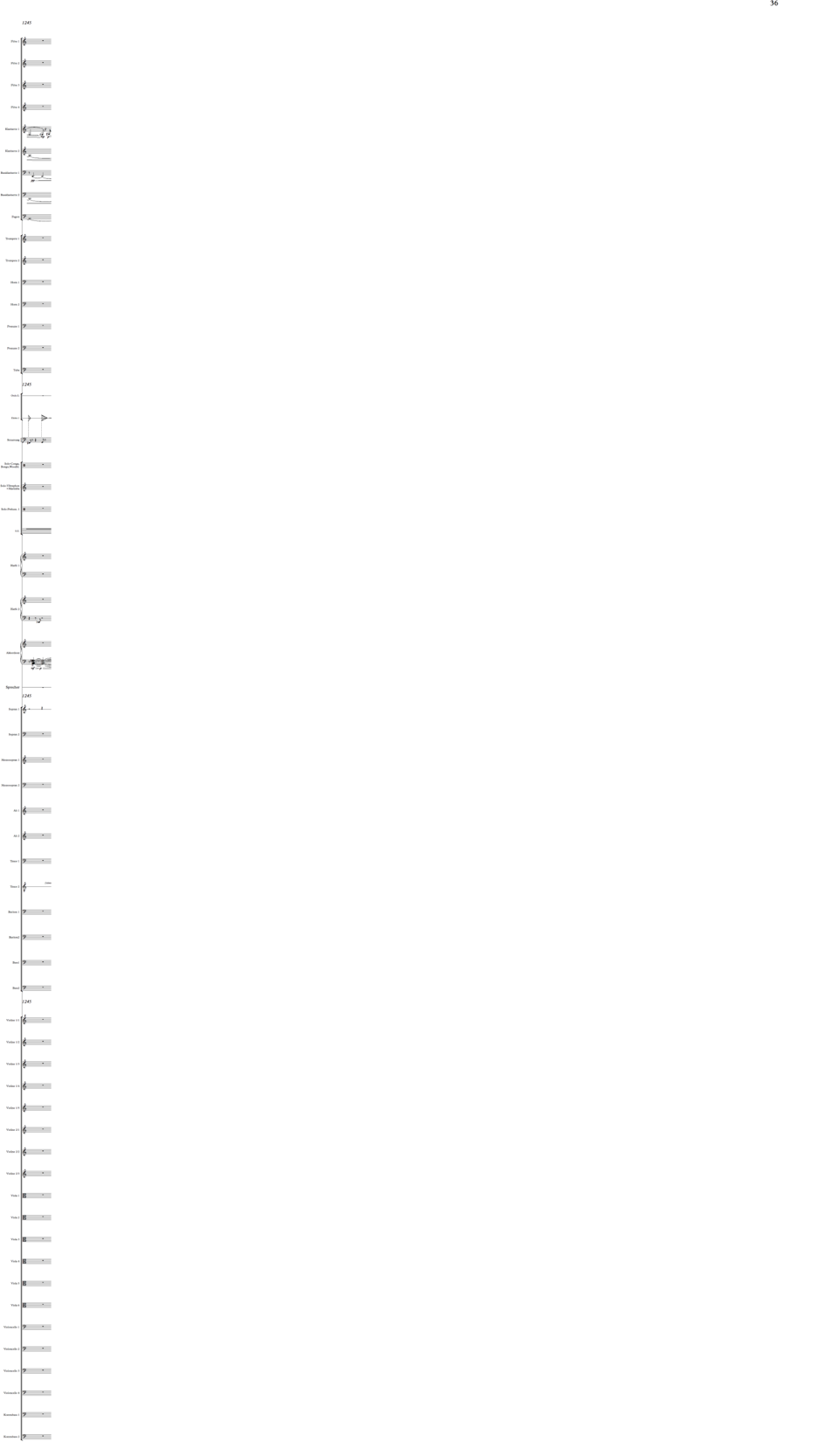On visual space vs acoustic space :
Visual space is always di-rectio-nal, it only exists when an object is noticed in it (intellect?).
The propagation of light is linear, is unambiguous, unless it is artificially multiplied and dupes our senses (e.g. mirrors). This can also be simulated by video within video.
Acoustic space can be undirec-ted, it is always present, cannot be excluded. The origin of a sound is often not discernible, the direction from which it comes is blurred. It is always subject to reflections that un-settle the perception of the precise location.
The Orpheus text is declaimed, but it is originally written, visual in nature, which then interpre-tatively flows into an acoustic disposal and thus becomes de-pendent on spatial conditions. The visual reading is a private, the acoustic speaking a public action.
The source of the acoustically perceived is only reliably recog-nised if the visual corresponds to the acoustic. For example, this is difficult in a very reverberant room or with loudspeaker trans-mission.
The sound of the string :
The string as a component of the lyre functioned as the basis of physical knowledge of the an-cient Greeks (the monochord was one of the few scientific tools of investigation in anti-quity).
In the piece, string sound is mystified, deprived of its phy-sical essence and its place. Through technology, it spreads out in an artificial space, evoking sensations that were not origi-nally inherent in its essence.
total duration about 1h22min





WÖRTLICH-WORTWÖRTLICH room plan

